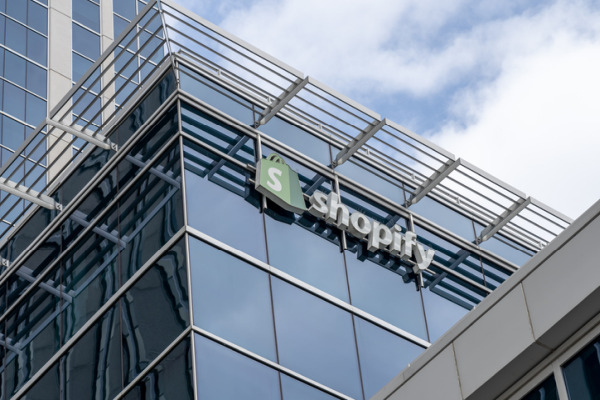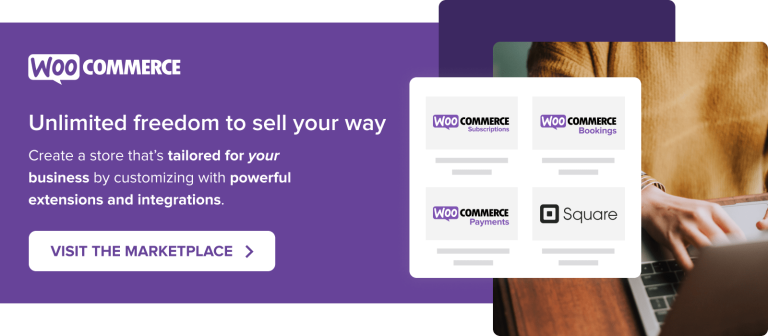
Josh Durham launched Aligned Growth Management, an influencer marketing agency, in 2020. He says the influencer industry has evolved from the halcyon days a decade ago when affiliate-based creators could generate 5x returns.
Influencer marketing circa 2025, according to Josh, is a long-term play. Success depends on quality products, engaged creator audiences, and content that supports multiple channels.
In our recent conversation (his second on the podcast), he and I discussed the essentials for scalable, high-performing influencer programs.
Our entire audio is embedded below. The transcript is edited for length and clarity.
Eric Bandholz: Tell us about yourself.
Josh Durham: I’m the founder of Aligned Growth Management. We manage influencer partnerships for ecommerce brands such as HexClad cookware, Ridge wallets, PopSockets phone cases, and Divi hair care. Some clients already have influencer programs; others are starting from scratch. Our focus is building scalable influencer systems, either running them ourselves or helping in-house teams.
Influencer marketing isn’t like it was in 2015, when a post would easily generate a 5x return from affiliate commissions. It’s hard today to motivate those creators to work on an affiliate basis. We typically offer free products or, in some cases, fixed fees.
Today, it’s more about reach, trust, and content creation that supports paid social, email, and other channels. The goal is to build awareness and credibility, strengthening your overall marketing.
A well-aligned creator with an engaged audience adds credibility. Whether seeing your product used authentically in content or having multiple creators supporting your brand, that influence drives conversions in ways traditional ads can’t.
We focus on creators’ outreach, opt-in rates, post frequency, and average views. For example, with HexClad we built the program over three years and generated 400 million organic impressions. That came from creators who genuinely liked the product and posted consistently, sometimes over years.
High-value products help. HexClad has Gordon Ramsay as the face of the brand, and the quality is top-tier. It’s easy to integrate into the products in his recipe videos. Creators use the pans naturally in their content. Many are cooking at home, maybe lifestyle creators cooking for their family and coming up with new recipes using a HexClad item. It’s not exclusively an ad, but then they’re using it, and on average, three times per creator. Even 50,000 average views per video compound over time.
Bandholz: What’s the direct revenue impact from influencers, typically?
Durham: We’ve seen high ROAS when using influencer content in ads. We’ve handed over top-performing influencer content to paid social teams. That content, especially when it feels organic, performs exceptionally well.
We’ve also seen over $1 million in revenue tied directly to influencer marketing from post-purchase surveys. But you need to invest for six to twelve months to see the results. Influencer marketing is not a short-term play.
Affiliate links can still work, especially on Instagram Stories, where direct-response performs better. However, Stories have a limited reach. For lasting content and virality, Instagram Reels or TikToks are better. That’s where you see longer shelf life and organic growth.
Bandholz: Can gifting products to creators work for lower-priced items?
Durham: Definitely. We’ve worked with many lower-priced products, such as PopSockets. They already have substantial brand equity, which helps, but it comes down to having a differentiated, desirable product.
If your product feels generic — just another moisturizer, for example — creators won’t be excited to post. But if it’s novel, beautifully packaged, or has a great story, it will drive opt-ins and content. A product that stands out will generate more posts, views, and traction. We may still pay influencers money (versus free products), but that’s after thorough testing.
Bandholz: What size influencer audience do you typically work with?
Durham: We usually target creators with 10,000 to 100,000 followers for gifting. We like to test a range — smaller audiences (10,000 to 20,000 followers) are often very engaged.
For male-targeted brands, using female creators with engaged male audiences, like girlfriends or spouses shopping for their partners, can be effective. There are fewer quality male creators, and they’re expensive. So it’s about testing different audience segments, increasing product value in the gifting package, and adjusting deliverables or creative rights to improve opt-ins and posting rates.
Bandholz: Do you take on smaller brands as clients?
Durham: Yes. For brands under $10 million in annual revenue, it’s often smarter to run influencer programs in-house. So we created a training product based on our internal processes. We use it to train their team — social media managers, influencer leads, and even virtual assistants.
We provide our standard operating procedures, build a custom strategy, and support their team via Slack and strategy calls. The goal is to help them gift 100 creators in 90 days. That builds organic reach and a content library, which they can use in social media ads. It’s a cost-effective way to scale without hiring a full agency.
Bandholz: Who’s the ideal person to manage an in-house influencer program?
Durham: Someone who understands social media and content creation — usually on the social or creative team who can manage outreach, gifting, and relationships. The person needs to be organized and able to communicate with creators effectively.
Running an influencer program isn’t just outreach — it’s relationship building, content tracking, negotiating usage rights, and reporting. But with the right systems and support, a small internal team can run a robust program that drives real results.
Bandholz: Where can folks get in touch with you?
Durham: AlignedGrowthManagement.com, or shoot me a direct message on X — @JoshJDurham.





